| If you are even half as passionate as I am about cooking with the freshest ingredients possible, you already appreciate the importance of Farmers’ Markets. Fortunately for all of us, they are seemingly everywhere. When they appear, of course, depends on where you live, but as soon as there is something to sell, they pop up in town squares, school parking lots, or wherever they can attract folks interested in the freshest fruits and vegetables possible at (typically) amazingly low prices! These markets are not confined to rural areas. I worked in downtown Chicago for many years, and Daley Plaza in front of City Hall was filled to overflowing with farmer’s booths once each week during the summer months. They also appeared at various times in many neighborhoods throughout the city. I doubt Chicago is unique in this. Some cities have year-round markets, although (and obviously) locally grown products are only available at certain times of the year. Cleveland’s West Side Market and Detroit’s Eastern Market are two of my favorites. In southwestern Michigan, many cities and towns sponsor weekly markets. Some are small, some are huge, but most have 15 to 20 vendors selling everything from flowers and homemade pies to (my favorites) freshly picked fruits and vegetables. Around here, they begin to appear in late May, but most of the early produce is shipped in from Indiana and points south. The Michigan-grown products begin to appear in late July – or more specifically, about now! My weekly trip to the nearest market means fresh corn, tomatoes, and beans – Jade beans to be precise (see below) – will be featured menu items in our household for the remainder of each week (since the local market is open only on Wednesdays). I am writing this on a Wednesday evening, having just returned from said market. One vendor, a wonderful Amish gentleman who has been a major participant in this market for many years, agreed to let me to take a few pictures of his offerings. My explanation to him for taking the photos (i.e., for my blog) understandably did not resonate with him, but sharing photos of his fresh foods certainly did. Returning home, I quickly prepared two of my seasonal favorites. First, sliced tomatoes with sea salt, freshly ground black pepper, my best extra virgin olive oil, and fresh basil from Grandma Karen's herb garden. For the pepper, I highly recommend Whole Special Extra Bold Black Peppercorns available from Penzeys Spices! The second is my interpretation of Bruschetta Caprese. I will guess (with some confidence) that all of us have one particular recollection of fresh, vine-ripened tomatoes. That being, they taste and smell like no other tomato. There is a very good, and very scientific, reason for that. As we all know, tasting anything involves at least three of our senses – our senses of taste, smell, and feel (although sight and hearing are frequently involved, too, but not necessarily with tomatoes). As fresh tomatoes continue to ripen (even after leaving the vine), several chemical reactions occurring within the tomato produce aromatic compounds which we sense (smell) with an overwhelmingly positive response (at least we do if we like tomatoes!). Chemical reactions, however, are profoundly influenced by the ambient temperature. Higher temperatures (within reason) produce more rapid reactions, and, correspondingly, lower temperatures produce slower reactions. With tomatoes, however, lower temperatures (i.e., refrigeration temperatures) stop these reactions in their proverbial tracks. Not only that, when the ambient temperature increases the reactions do not restart, although some recent research has shown that restarting can occur after 24 to 48 hours – or well after the tomato has quite possibly rotted in place. Without the benefit of those aromatics produced by those important reactions, the chilled tomato becomes nearly tasteless! The point of all this is simple – never refrigerate a tomato! You will be amazed at how good even a “hot-house” tomato will taste after sitting on your kitchen counter for a few days. Just keep them away from any place cold! One more item. I mentioned Jade beans earlier. Grandma Karen claims Jade beans are the best tasting beans of any bean she has ever experienced. I’ve learned not to argue with statements like that. If you live anywhere near southwestern Michigan, you can sample Jade beans at the Richland Farmer’s Market any Wednesday afternoon. Everyone else, unfortunately, is on their own. I have no idea how pervasive Jade beans may be in the green bean world. If you can find them, though, I guarantee you a new high in the green bean culinary world! Just keep those tomatoes out of the refrigerator! Buon appetito. P.S. To all the farmers who help make all this possible, a hearty mille grazie! | Michigan tomatoes. Michigan blueberries. Michigan Jade and wax beans. Michigan cucumbers. 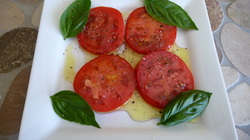 Sliced fresh tomatoes with extra virgin olive oil, sea salt, black pepper, and fresh basil. Bruschetta Caprese. |
|
6 Comments
Yes, I know I just "blogged" about Michigan's Balaton tart cherries, but today (OK, yesterday for most of you reading this) was the big day. Today was the day I proudly procured 26 pounds of pure delight. I already have produced one pie (see attached pictures), and my freezer is so filled with Balaton cherries I had to sacrifice three ice cubes. It was a tough call, but I had no other choice. Priorities are priorities! Seriously, since I raved so much about Balaton cherries and the incredible pies they produce, I thought it might be of some interest to share some actual photos. Short and sweet (er, tart), but then, it's been a busy day!
We owe much to the French. They have left their mark (and a French name) on every category of food imaginable, and most culinary processes – from apéritifs to digestifs, or from hors d’oeuvres to dessert (from the French word desservir). The French also claim credit for the invention of the restaurant, but they didn’t invent cooking. Why, then, do so many cooking terms have a French origin? I found a most plausible explanation in a Blog posted by Lydia Clarke in 2013. The following three paragraphs are an edited version of Ms. Clarke’s article. You can (and should, it’s less than a page long) read the entire piece at acclero.com.
Why is any of this important? One of my favorite desserts – and also a favorite of a dear friend’s granddaughter (who requested the recipe) – is Flan. That’s not French, you say? I didn’t think so either, but when I researched the origin of Flan I was most surprised to learn that technically it, too, has a French origin. My first thought was, ‘Is there no end to what the French have done?’ Attempting to answer that somewhat rhetorical question led me to Lydia Clarke’s Blog.
But, let’s get back to Flan. The French “invented” Crème Brûlée in the 17th century (apparently a lot happened in the culinary world in France in the 17th century). Somewhat later, a version of Crème Brûlée (with the caramelized sugar on top) evolved to become Crème Caramel (with the caramelized sugar on the bottom). Over time, Latin American cultures adopted Crème Caramel and changed its name to Flan. So, in effect, all three desserts are the same, and share a French origin! Nevertheless, being a typically stubborn Italian, I have posted three separate recipes for Crème Brûlée, Crème Caramel, and Flan (which also includes instructions for preparing a variation called Espresso Flan). They have been in my personal files for years, and have satisfied many dinner guests. I urge you to try at least one of them. Buon appetito. P.S. If you have already prepared any custard desserts you already know the importance of adding the hot liquid to the cooler eggs slowly and with constant stirring. It also is important to bake the custards slowly. Custard recipes range from 300° F to 350° F. I prefer the lower temperature. It takes a little longer, but the results are more reliable. |
Looking for something?Enter any word or phrase (in quotes) to locate all references to that item.
E-mail subscriptions
AuthorHobby Chef Grandpa Joe has been practicing Italian-style cooking for over 60 years. He enjoys cooking, entertaining, and sharing culinary experiences with family and friends. Archives
May 2017
CategoriesSubscribe via RSS
|
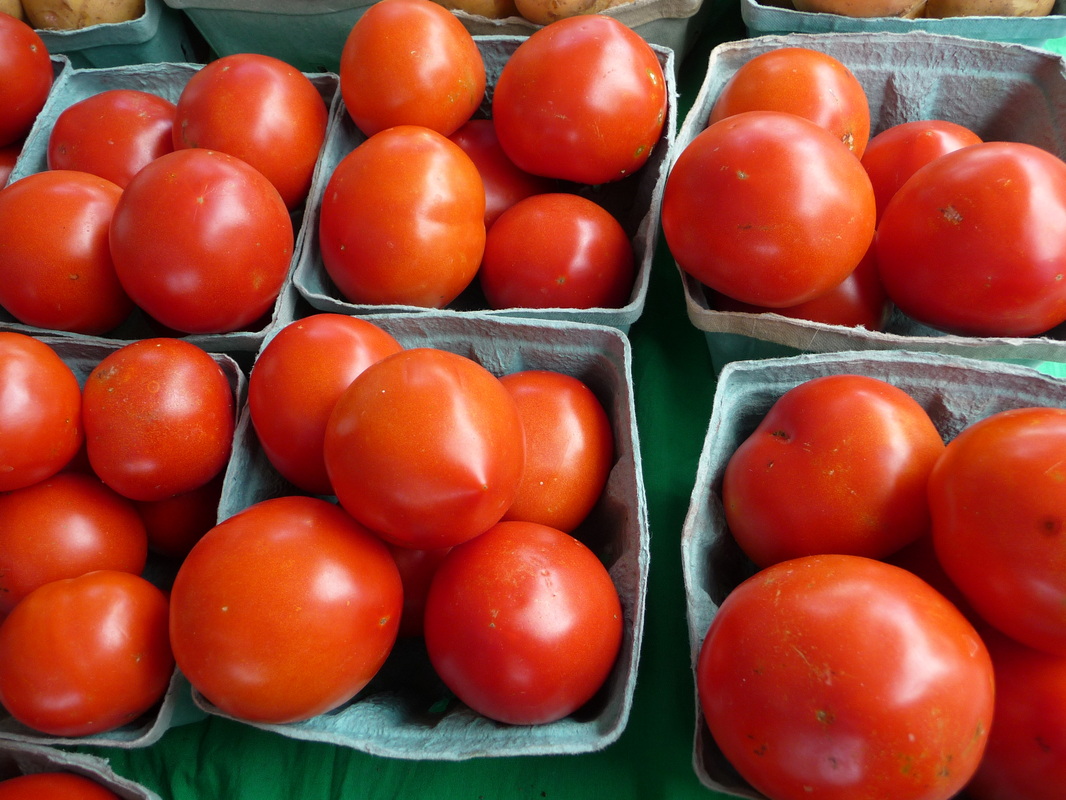
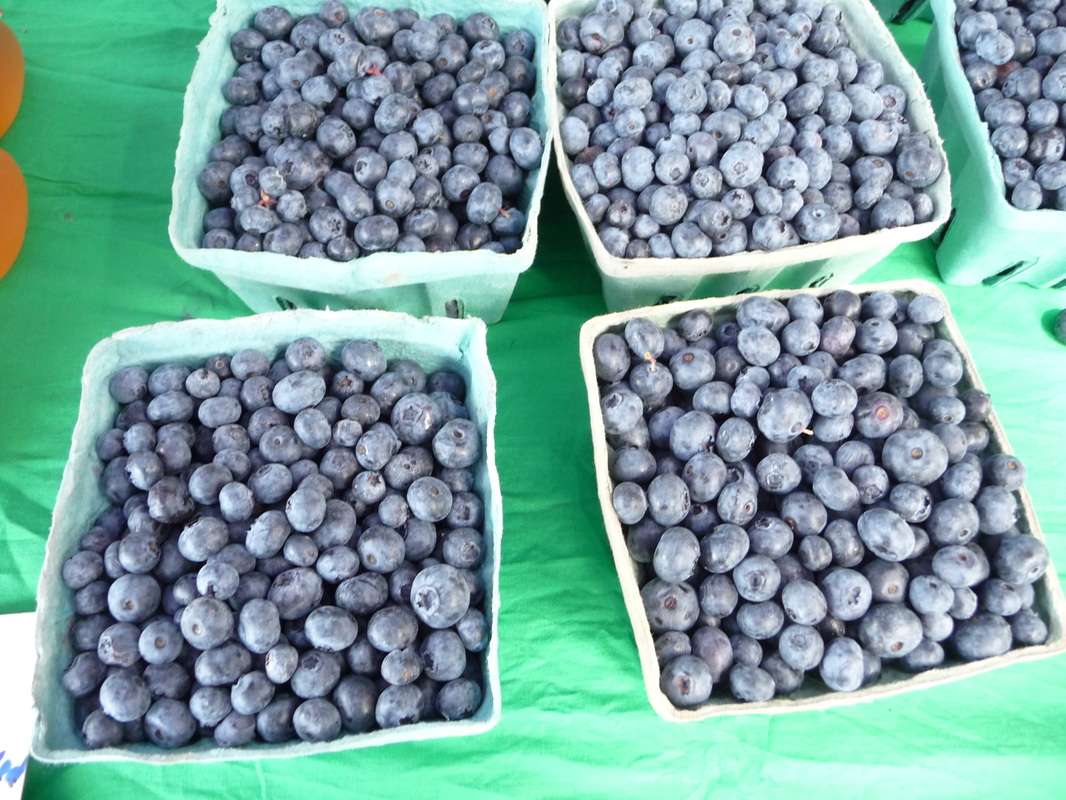
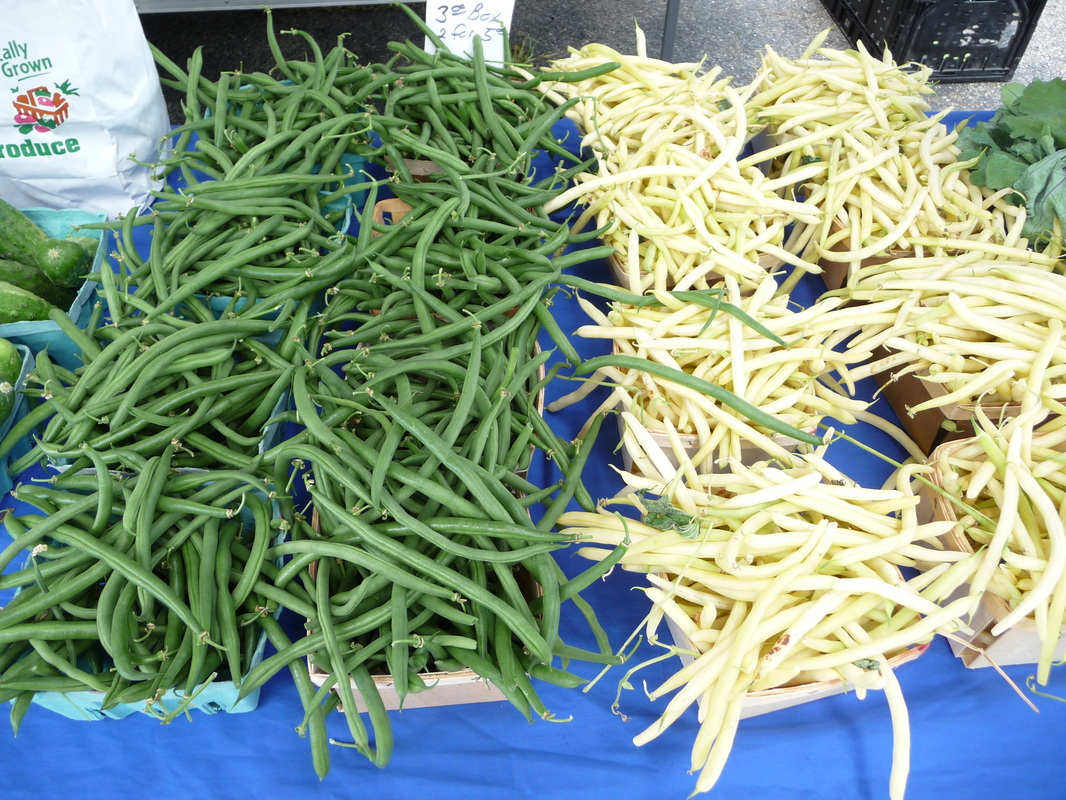
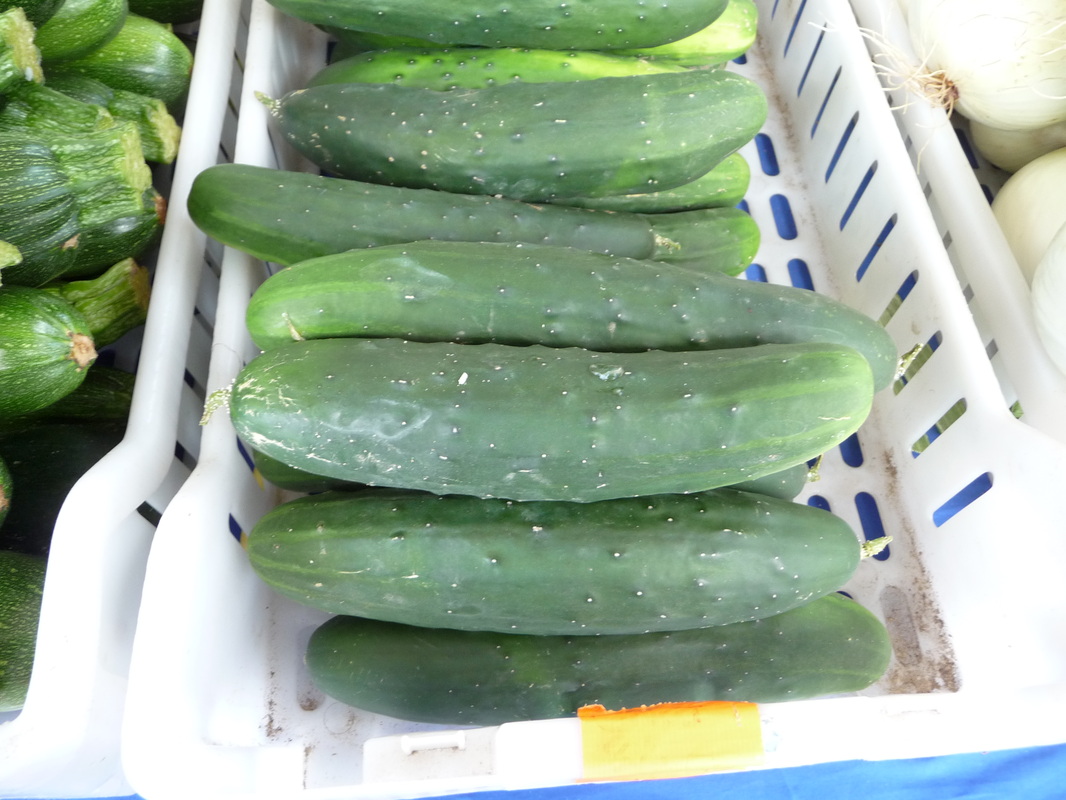
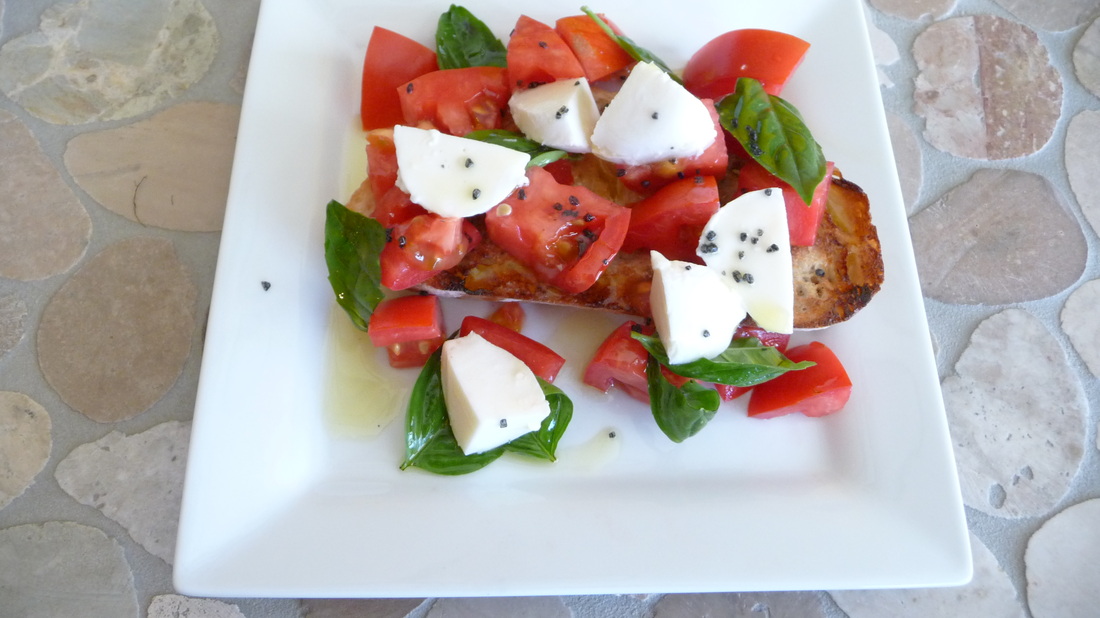
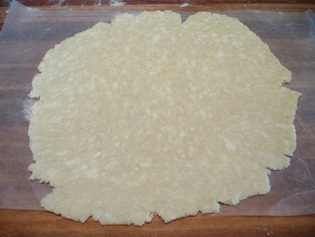
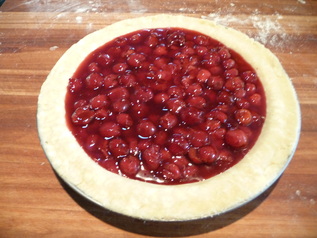
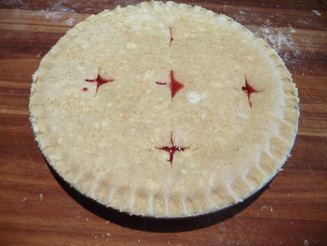
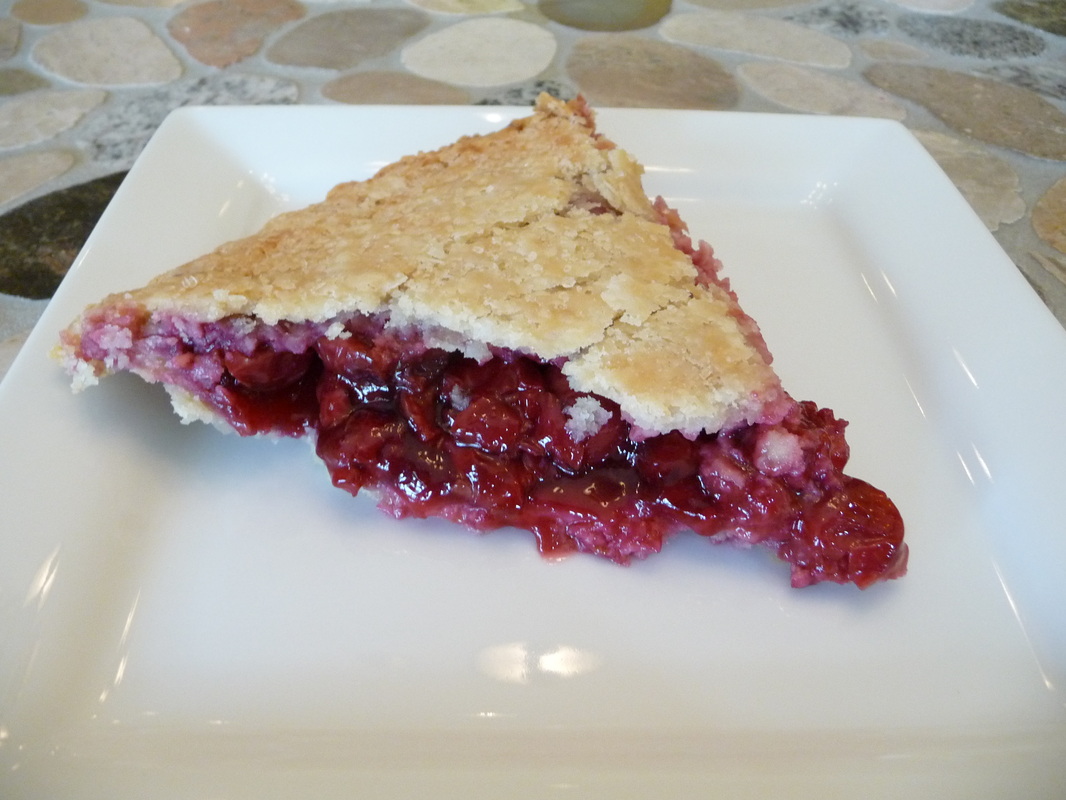
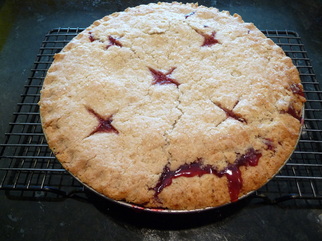
 RSS Feed
RSS Feed